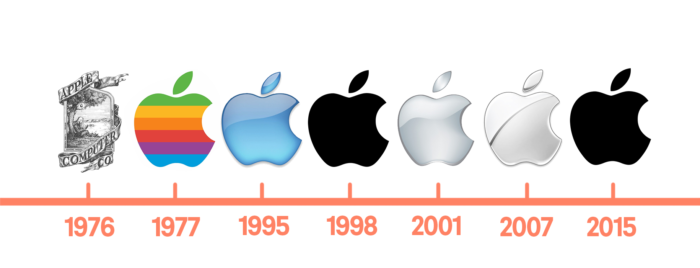In our previous article, we explored what a brand is and the aspects of brand strategy. In this piece, we focus on how to create a brand identity. A brand is built by first identifying the problem being solved and consequently establishing a target audience and addressable market. This is followed by strategically establishing a price point, choosing an appropriate name, and handling distribution channels and marketing.
Follow Part 2 of our series with Brand strategy expert as well as NICE Friend, Preeti Sawhney as she explains the components of brand identity.

Preeti shared her expertise on Branding and Positioning in a NICE Aarohana session. In collaboration with Preeti, we are hosting an upcoming AMA in August. Stay tuned to find out more!
What is Brand Identity?
A brand identity is everything we experience about the brand. We attribute traits to a brand, from what our eyes see to how it feels on our skin to what it smells. The price point of a brand and how it is represented in media adds to its value proposition.
Some brands go the route of explicitly stating their benefits, while others are more subtle. Brands like Mercedes and Apple don’t communicate their premium positioning, but it is a key part of their identity.
At the end of creating a brand, identity is all that the customer ends up experiencing.

More than a Cosmetic Surgery
When someone casually asks me to ‘do the branding’ or ‘handle the identity,’ I think it’s a disservice to the solid work required. A brand doesn’t come out of the other end of cosmetic surgery.
A phrase I like to use is ‘You can’t put lipstick on a pig and expect it to look very different. It’s going to stay a pig.’ Similarly, with a brand, one cannot expect the identity to be formed by something cosmetic. The identity starts with the problem the brand chooses to solve and is followed by the decisions to be taken regarding pricing, packaging, and communication.
Everything in the brand must work towards creating that identity to provide an experience. For example, in the hotel service sector, everything matters from the people who welcome us, the security check, the quality of upholstery, the restroom, the quality of food, and more.
All these factors add up to a certain experience which we call the identity of that brand. These areas, when handled synergistically, such that all pieces sing to the same song, help construct the brand. However, if there are some discordant notes where the package and the pricing communicate different things, the target audience gets confused as to what the brand is really about.
How a Brand Impression is Formed
The perception of a brand needs to be kept at the forefront while talking about a promise being made. Brands have many target audiences to which they make commitments, ranging from the people paying for the product or service to the employees and team members. On failing to deliver, the customer forms a particular impression, and a brand image is formed by the aggregation of a bunch of impressions. If the customer experience is similar across all users, it creates a stable and consistent brand identity. However, if each person has a different experience, each consumer may take away a different relationship. This is something that early-stage service businesses should be mindful of as they haven’t yet got systems in place.
No Place to Hide Behind A Pretty Picture
In the world of social media, we are aware that what we see is only the tip of the iceberg. While we see the beautiful moments captured, we know that there is more than those snippets. However, a brand cannot hide behind a facade and say that they offer the customers only the best version of themselves. If a company puts up a picture of a pretty chair, but the paint wears off or it collapses, the customer takes away that experience. If there is a mismatch between the falsely advertised product and the reality, it will cause a backlash. So a brand is about getting a consumer to buy the product or service and consistently ensuring they have a good experience.
If a brand has different traits, it needs to be consistently reflected in its communication. For example, in Apple, at the functional level, the brand stands for innovation, terrific design, and customer-obsessed UI. Now, the brand also wants to explicitly stand for privacy. Additionally, at the emotional level, the brand stands for status, achievement, and individual discernment. The clean look of their ads, their products, and their stores all reinforce this complex mix of traits.

Building a Brand Identity for an Early-Stage Business
The most important aspect for brands in the early stage of working towards establishing an identity is to get the internal systems 100% right. Identity is not only made up of what the world sees but what it is really about.
Thus when a startup is thinking about identity, they cannot just index on the communication aspect. They must work towards alignment and consistency from the start. While the brands are still fighting hard to build their base, they must ask questions about identity to establish their maturity. These occur with the founder at the center, followed by sessions where different people come together and think about the brand’s future position.
Brands can draw inspiration from established brands, such as Apple and Ferrari, that have been around for decades. A great brand is all about being a perfectly synced orchestra, with all the elements singing from the same page. With dissonance, the brand only creates cacophony.
Feature Image: Alpha Stock Images





